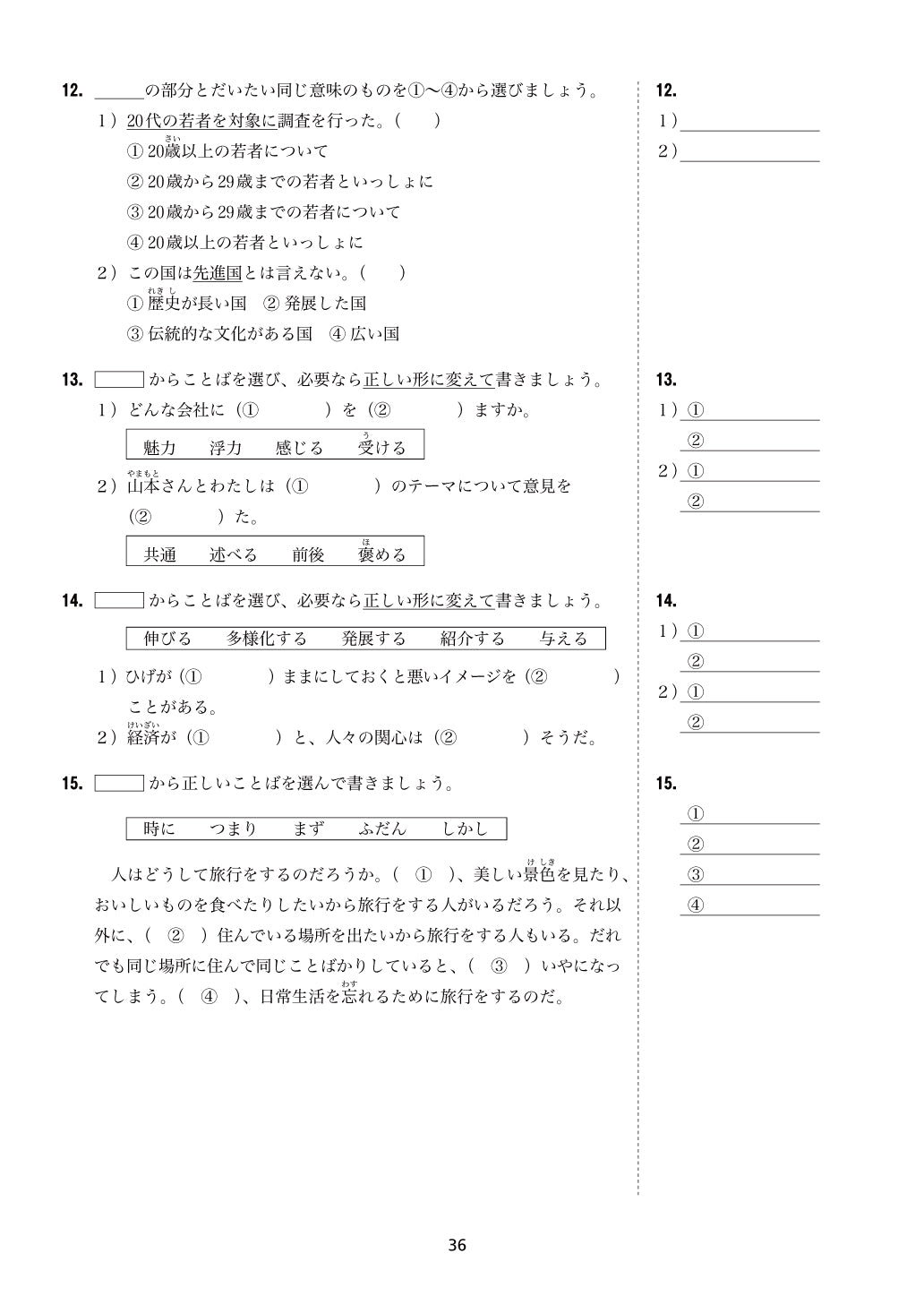


Japanese has a complex system of honorifics, with verb forms and vocabulary to indicate the relative status of the speaker, the listener, and persons mentioned. Verbs are conjugated, primarily for tense and voice, but not person. Nouns have no grammatical number or gender, and there are no articles. Sentence-final particles are used to add emotional or emphatic impact, or make questions. Word order is normally subject–object–verb with particles marking the grammatical function of words, and sentence structure is topic–comment. Japanese is an agglutinative, mora-timed language with relatively simple phonotactics, a pure vowel system, phonemic vowel and consonant length, and a lexically significant pitch-accent. English loanwords, in particular, have become frequent, and Japanese words from English roots have proliferated. Following the end of Japan's self-imposed isolation in 1853, the flow of loanwords from European languages increased significantly. The standard dialect moved from the Kansai region in the south, up to the Edo region (modern Tokyo) in the Early Modern Japanese period (early 17th century–mid 19th century). Late Middle Japanese (1185–1600) included changes in features that brought it closer to the modern language, and the first appearance of European loanwords. During the Heian period (794–1185) in Japan, the Chinese language had considerable influence on the vocabulary and phonology of Old Japanese. Chinese documents from the 3rd century AD recorded a few Japanese words, but substantial texts did not appear until the 8th century. Little is known of the language's prehistory, or when it first appeared in Japan.

Japonic languages have been grouped with other language families such as Ainu, Austroasiatic, Korean, and the now-discredited Altaic, but none of these proposals have gained widespread acceptance. It is a member of the Japonic (or Japanese- Ryukyuan) language family, and its ultimate derivation and relation to other languages is unclear. Japanese ( 日本語, Nihongo ( listen)) is an East Asian language spoken by about 128 million people, primarily in Japan, where it is the national language. For an introductory guide on IPA symbols, see Help:IPA. Without proper rendering support, you may see question marks, boxes, or other symbols instead of Unicode characters. This article contains IPA phonetic symbols.


 0 kommentar(er)
0 kommentar(er)
